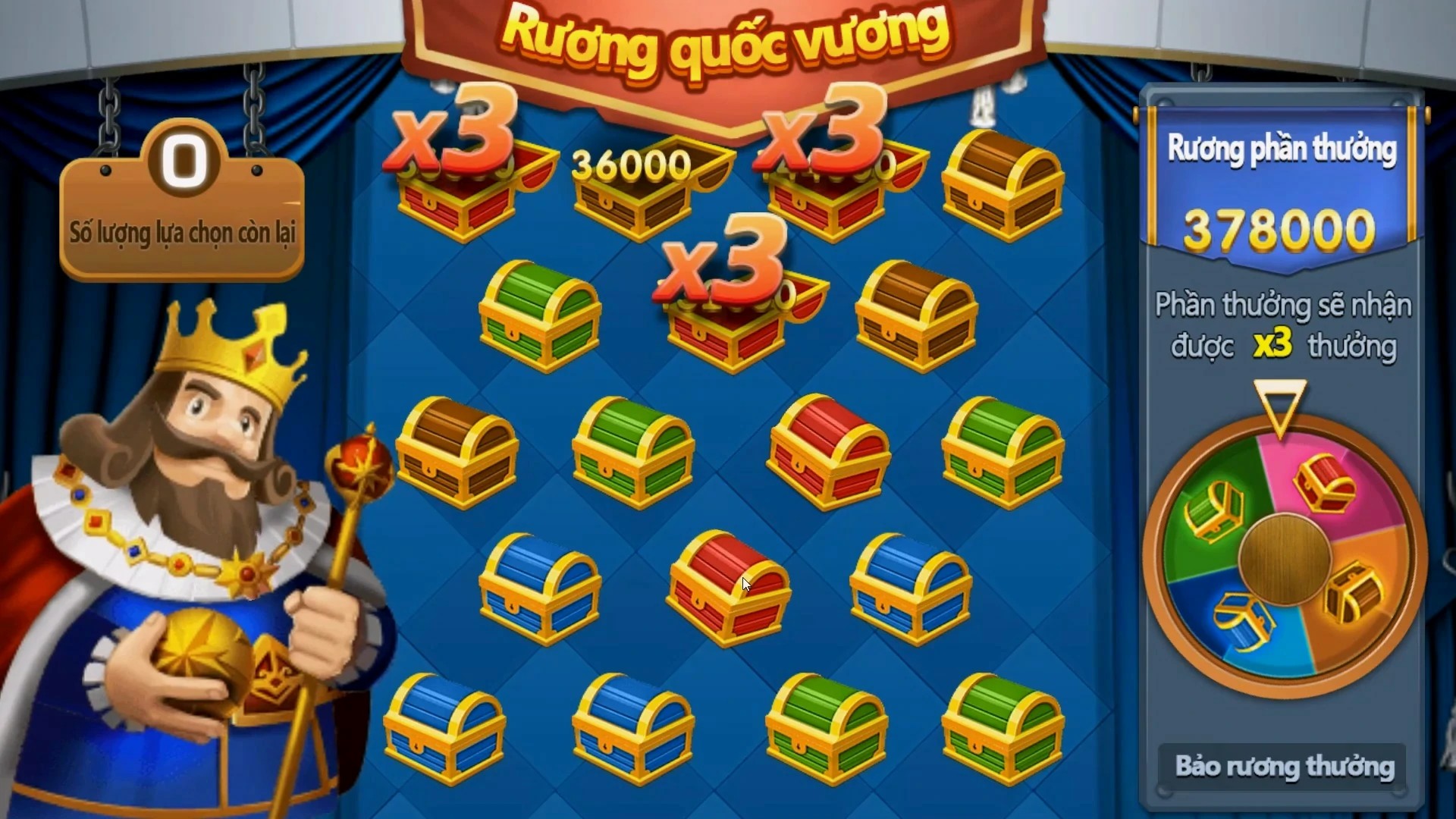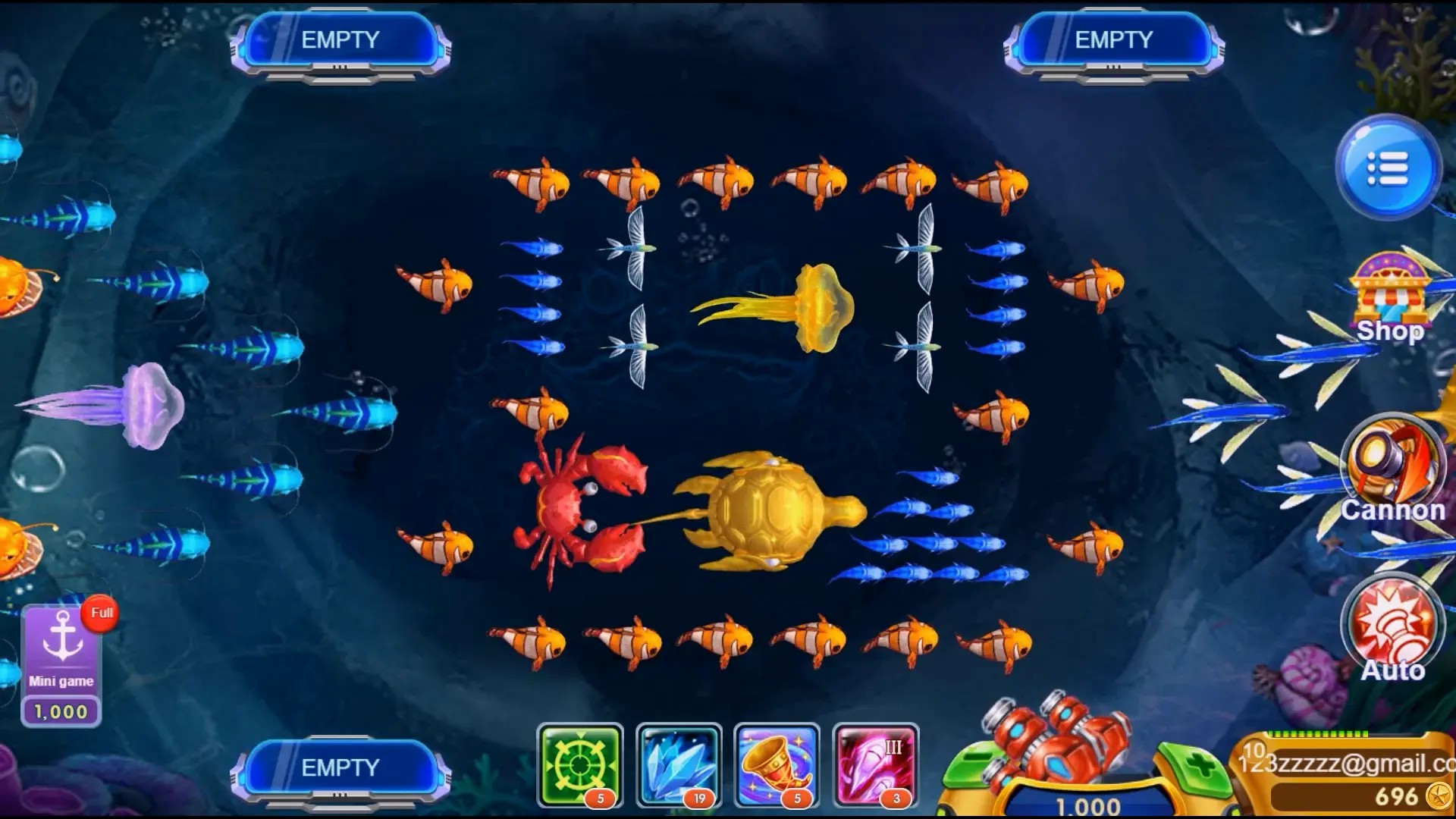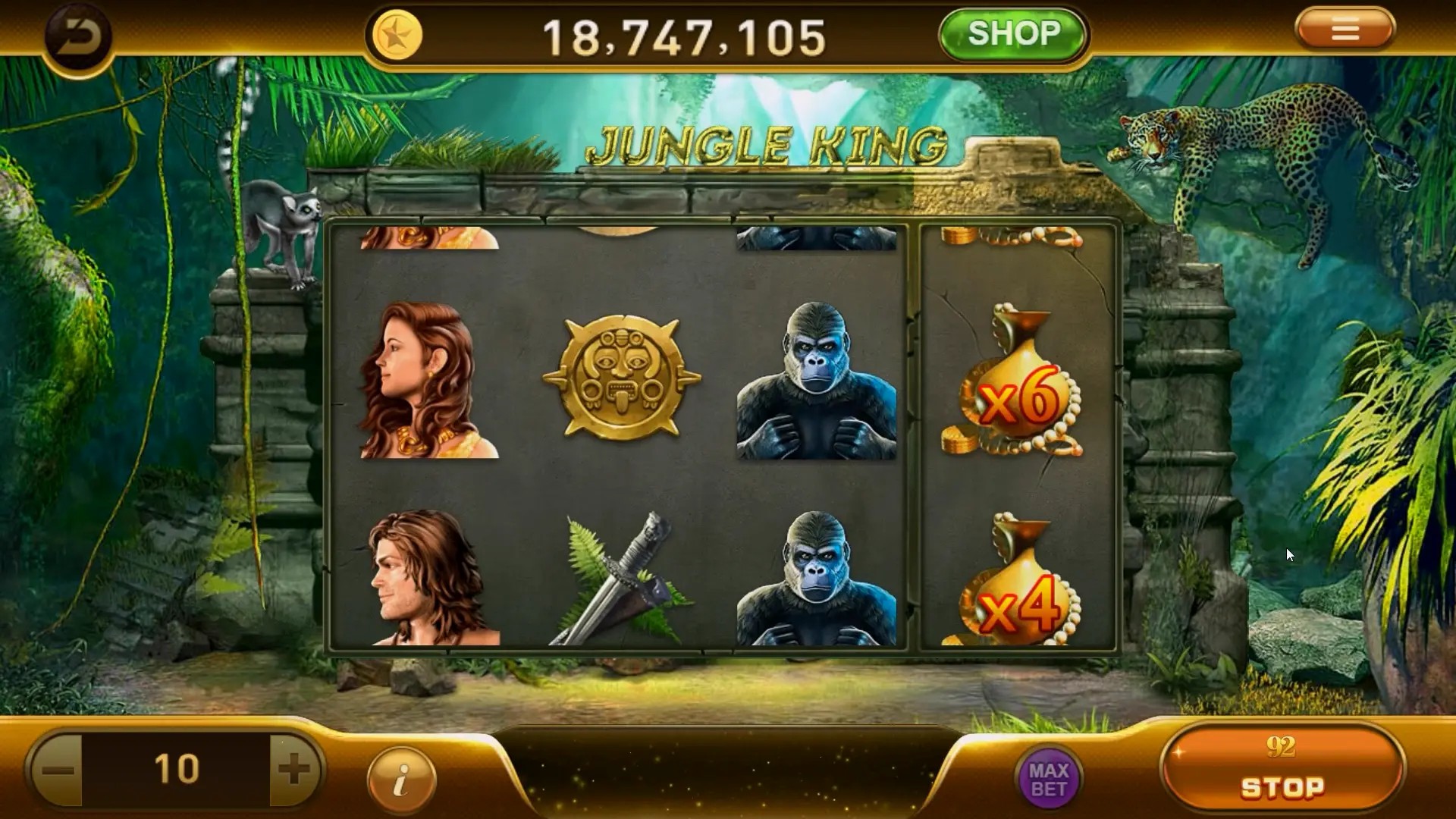Exploring the Evolution of RPG Games: How MMORPGs Reshape the Gaming Landscape
Introduction: A Journey Through Time
Gaming has undergone a massive transformation over the past few decades. One of the most notable changes? The rise of RPG games. Whether you're immersed in a multi-user online environment or diving into the depths of a single-player narrative, RPGs have a story to tell. But what makes them so captivating? Today, we'll dig into the evolution of RPG games, with a close focus on MMORPGs and their impact on the gaming world.
The Birth of RPG Games
It all started in the late 1970s and early 1980s with tabletop games like Dungeons & Dragons. Players created characters, rolled dice, and worked together to navigate fantastical worlds. Fighting dragons, rescuing princesses, and searching for treasure were just a few highlights of these early adventures. The charm was in the stories, the camaraderie, and the limitless potential for imagination.
Transition to Video Games
As technology rapidly progressed, RPGs transformed from board games to video games. Titles like Final Fantasy and The Legend of Zelda began to define the genre. These games introduced rich storytelling, memorable characters, and intricate worlds to explore. Players could finally engage with their favorite RPG elements through a screen. The pixelated graphics might seem basic today, but they were revolutionary at the time.
The Role of Graphics: From 2D to 3D
The transition from 2D to 3D graphics in the late 90s opened new doors. Developers harnessed the power of 3D storytelling, allowing players to dive into more immersive environments. 3D story adventure games emerged, combining the compelling narratives of the classic RPGs with a dynamic visual experience. This shift laid the groundwork for the MMORPGs we know today.
What Exactly is an MMORPG?
MMORPGs, or Massively Multiplayer Online Role-Playing Games, took the RPG genre to dazzling new heights. Rather than just playing solo or in a small group, players joined vast online worlds populated by thousands of other players. Some of the most famous MMO titles include World of Warcraft and Guild Wars 2. These games introduced the concept of a living, breathing world where players could interact with one another, forge alliances, and engage in epic battles.
Key Elements of MMORPGs
What makes MMORPGs so engaging? Here’s a quick breakdown of their key components:
- Character Customization: Create your avatar and shape their destiny.
- Open World Exploration: Discover diverse environments, quests, and treasures.
- Social Interactions: Team up, trade, or compete with players from around the globe.
- Persistent Worlds: The game world continues even when you're offline.
Impact on Gaming Culture
MMORPGs didn’t just change how games are played; they reshaped gaming culture itself. Players began forming tight-knit communities, both online and offline. Guilds, forums, and fan conventions all sprouted as a testament to the social nature of these games. They became more than just games; they evolved into social platforms where friendships were forged, and stories were shared.
The Rise of Turn-Based RPGs
Amidst the craze for MMORPGs, turn-based RPG games maintained their charm. Titles like Persona and Fire Emblem captivated audiences with their strategic combat systems and engaging narratives. Players appreciated the tactical thinking involved in each turn, developing a unique relationship with their characters. Even with the rise of real-time combat, turn-based battles offered a slower, more thoughtful gaming experience.
The Evolution of Graphics and Gameplay Mechanics
As technology advanced, so did the graphics and gameplay mechanics. Today’s 3D story adventure games boast stunning visuals, seamless animations, and complex AI. The introduction of VR in gaming has started to blur the lines between reality and the game world. Imagine stepping right into your favorite MMO and engaging with characters as if they were real!
MMORPGs in Brazil: A Growing Scene
In Brazil, the passion for online gaming has been on an upward trajectory. Brazilian players revel in community-driven experiences offered by MMORPGs. Local servers, events, and esports competitions have sprouted, bolstering the gaming culture. Games like World of Warcraft and Lost Ark have gained significant followings, attracting players eager to embark on their epic adventures.
The Future of RPGs and MMORPGs
What’s next for RPGs and MMORPGs? The possibilities are endless. We might see more hybrid games that combine elements of both single-player and online multiplayer experiences. Enhanced reality technologies could redefine “immersive gaming," allowing players to physically explore their favorite worlds.
Key Takeaways
| Aspect | Traditional RPGs | MMORPGs |
|---|---|---|
| Player Interaction | Single-player experience | Massively multiplayer |
| World | Static | Dynamic and ever-evolving |
| Community | Isolated | Rich community |
Conclusion: Where Are We Headed?
As we reflect on the evolution of RPGs and MMORPGs, it’s to say that each shift in technology and storytelling has paved the way for thrilling new experiences. Whether you're into traditional turn-based RPGs or the real-time intensity of MMORPGs, one thing remains clear: the love for these games transcends generations. As players, we’ve embarked on an incredible journey—one that continues to evolve with every new title and development. So, grab your controller and get ready for the next big adventure!



